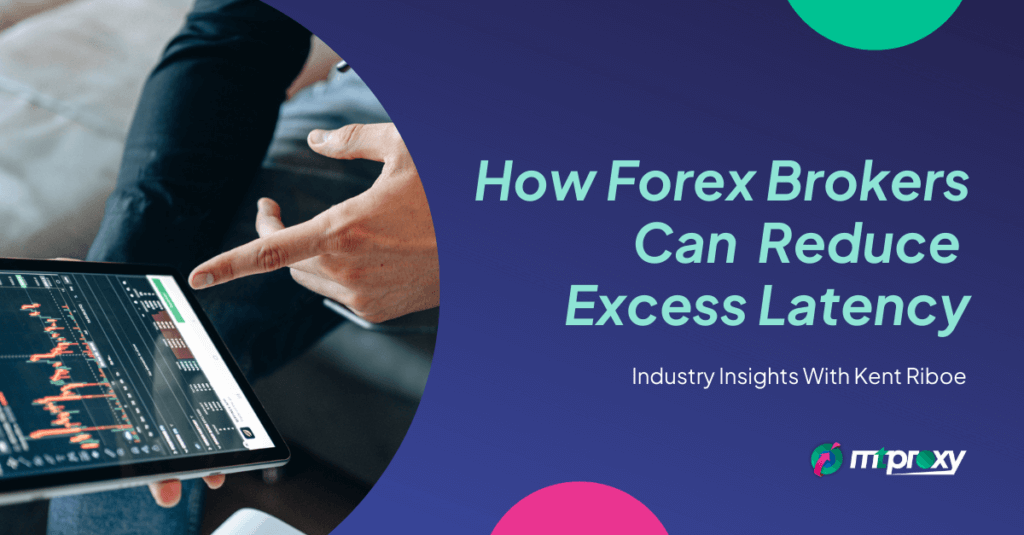What is excess latency?
Latency refers to the speed of data transmission between systems. In Forex, it is used to describe the speed at which a trader can interact with the market. ‘Low latency’ means that data moves at a fast speed, while ‘high latency’ means it moves a bit slower.
Technology has reached the point where the difference between low latency and high latency can be a matter of milliseconds. But when it comes to trading, every millisecond counts. This is because latency affects how quickly traders receive market data, how fast they can place orders, and how likely they are to get their expected price. With high latency, traders are more likely to experience delayed order fills, and of course, slippage.
What can forex brokers do to reduce trading latency?
The most common cause of high latency is server location. For data to be transmitted, there needs to be both a data source and a data destination. The further the data has to travel between these two points, the longer the transmission will take. Ideally, brokers need proxy servers that are close to their clients. This is so that they can send and receive data more quickly. By having proxy servers in key locations, they can reduce the distance between data points. This is better for traders because they need fast data transmission to be able to trade profitably.
The second main cause of high latency is overloaded servers. Brokers need to provide traders with the most up-to-date market information at all times. Sending this data worldwide can take up a lot of server resources. By adding more proxies to their network, brokers can store various data (like price data) closer to their clients. This helps prevent overloading the main servers and reduces excess latency. It also helps brokers offer traders a better service with more consistent price streaming.
The third main cause of high latency is, of course, connection issues. In some cases, latency can be down to outdated software or a bad internet connection on the trader’s side. In other more serious cases, it can be down to server issues on the broker’s side. Outages and disconnections are sadly quite common in any company. Whether it’s a software issue, a hardware issue, or something more troubling like a DDoS attack, having a server down can negatively affect trading. The solution? By investing in more robust and secure trading infrastructure, brokers can better protect their businesses against internal server failures and external attacks.
How does MT Proxy help forex brokers reduce latency?
Brokers often find that renting or purchasing more servers worldwide can be expensive. It can also take up a lot of internal resources as staff need to monitor server performance. That’s where MT Proxy comes in. We have an extensive network of proxy servers that are strategically located to ensure the lowest latency towards the major trading hubs worldwide. Brokers can use our services to expand and optimise their trading infrastructure in a way that is both affordable and hassle-free. What’s more, brokers can also use our services to keep price data and other information closer to clients, thereby reducing excess latency and ensuring the best client experience.
As part of our included management services, MT Proxy also helps brokers monitor client connectivity and proxy server performance in real-time. We automatically detect and respond to proxy server outages or disconnections. This high level of support allows brokers to prevent major service disruptions and to better protect their business from the potential costs of server failures. It also helps brokers to deliver a better trading experience for clients worldwide.
About MT Proxy
MT Proxy provides robust, custom-built proxy server solutions. We specialise in helping brokers speed up data transmission between their main servers and their clients. If you would like to know more about how brokers can reduce excess latency, feel free to contact us for further information.



